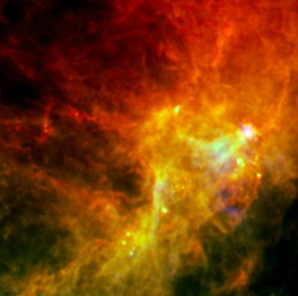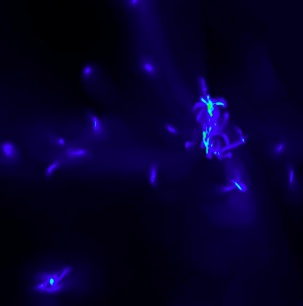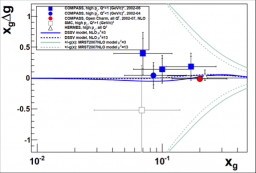In preparation


Modeling and visualization methods
In preparation
Des archives aux bases de donnée. Ce programme, propre au Service d'Astrophysique et UMR AIM, comprend l'ensemble des données résultant des programmes d'observations, des projets de simulations ou d'instrumentation. From archives to databases. This research program of the Astrophyscis Division and UMR AIM, consists of all the data resulting from observing programs, simulation projets or instrumentation.


Du calcul à la simulation numérique. Ce programme, propre au Service d'Astrophysique et UMR AIM, comprend l'ensemble des projets en théorie et modélisation. From calculation to numerical simulation. This research program of the Astrophyscis Division and UMR AIM, consists of all the theoretical and modelisation project.
Quarks and gluons hadron structure
DPhN is strongly engaged in the study of the partonic structure (in terms of quarks and gluons) of nucleons, protons and neutrons. Nucleons are singular objects as about 90% of their mass originates not from their constituent masses, but rather from the strong interaction they experience. Nucleons are also a benchmark laboratory to study confinement and deconfinement mechanisms which remain an open key point, although QCD is a well established theroy in the standard model.

